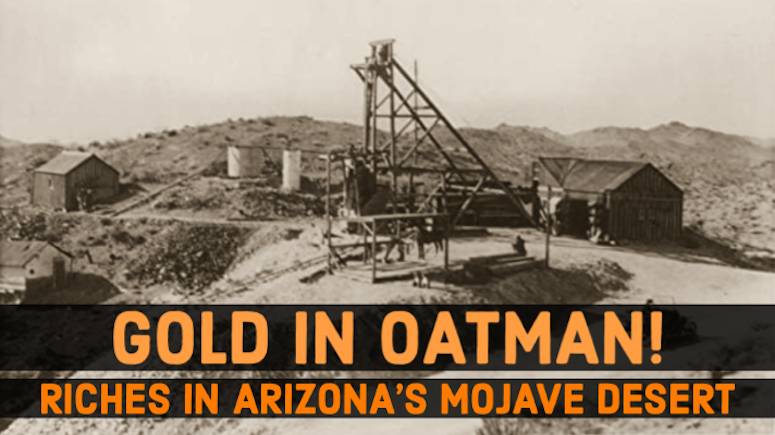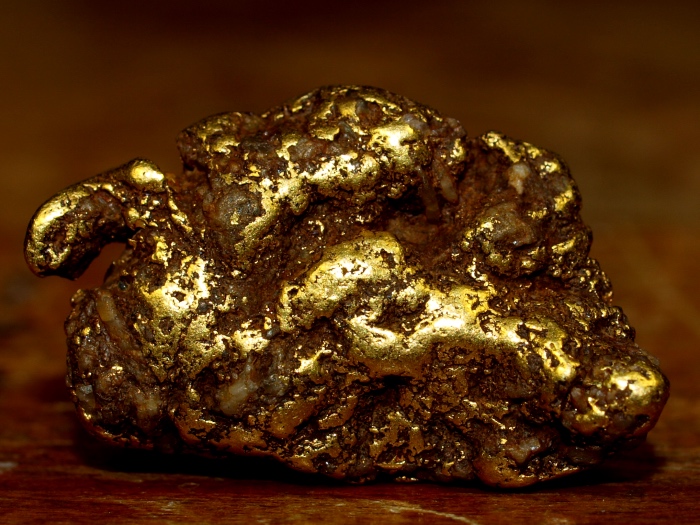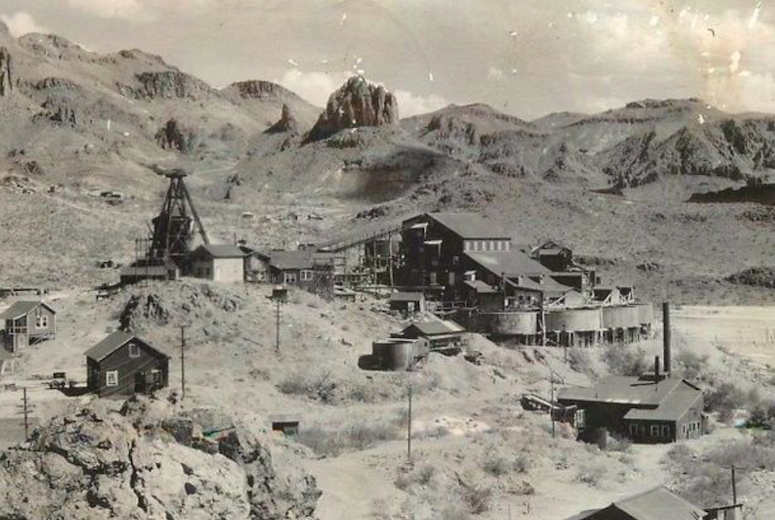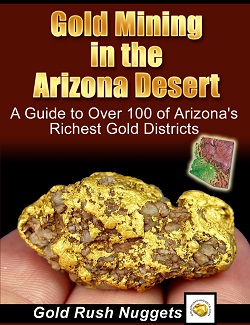
Located in northern Arizona’s Black Mountains, Oatman was once a thriving gold mining town and a highly populated town of Mohave County. Its peak period was in the early 1900s when it struck gold worth millions of dollars and boasted of a population of 10,000.
Although you will find Oatman in the list of ghost towns, technically it isn’t one. The town has transformed itself into a tourist destination. At present only around 100 people reside in Oatman, but tens of thousands of people visit every year.
Oatman in Arizona is a living ghost town. Tourists could still see wild burros walking on the streets. Some of the old buildings – now, historic sites – are worth a visit. In addition, the sights and the sounds of mock gunfights and late-19th century costumes give tourists a glimpse into the past of Oatman.
In the first half of the 20th century, Oatman, along with Gold Road, were the top two gold-producing towns of Arizona.
The Birth and Early Settlers of the Town
The town came into prominence in the 1860s when Johnny Moss prospected gold in the area. He filed two claims and named the mines Oatman and Moss. The former, named in honor of Olive Oatman, who was taken by Apache Indians, traded to Mojave Indians, and later freed in 1855.
Gold mining saw several ups and downs in the late 1800s in Oatman. Mining and prospecting only became popular and profitable in the early 1900s.
The Boom Period of Oatman
The town as we know today began to take shape in 1904. The first mining company – Vivian Mining Company – started mining gold in the region. A post office was also established in the town.
Initially named the Vivian City, the place started attracting settlers. In just three years, the Vivian Mine yielded gold worth more than $3,000,000. Gold was discovered in the nearby area, where the Tom Reed Mine was established.
This new mine produced four times more gold than the Vivian Mine. The town grew in population and infrastructure and in 1909 its name was changed to Oatman.
All sections of the town grew rapidly. The Drulin Hotel was never short of customers in the first two decades of the century. After the war, when the town lost prominence, the hotel was named as Oatman hotel. It didn’t accept any lodgers but functioned as a bar and restaurant on the down floor and a museum on the top floor.
The second decade witnessed higher growth with two new mines that yielded gold worth $14 million. New businesses flourished and Oatman also got Oatman Miner – its first newspaper.

The Arrival of Route 66
In the 1920s, when Oatman was still thriving, it managed to attract Route 66, even though the route had to cross many hazardous passes and the overall drive became difficult.
A massive fire destroyed much of the town in 1921. It was completely restored within a few years. Gold mining took a hit with the closing of the United Eastern Mines.
The town still prospered thanks to other operational mines and tourism. The arrival of Route 66 led to an increase in the influx of travelers. This led to an increase in business and development of infrastructure.
Growth in the town hit its peak in the 1930s, with a population of 10,000, 20 saloons, 7 hotels, 2 banks, and 10 stores. The mines around the town produced gold worth $30 million.

Oatman Becomes a Ghost Town
The start of the Second World War hit the town hard with the focus shifting from gold to metals needed for war efforts. Many of the miners moved and the mines were closed temporarily.
After the war, Route 66 was shifted to an easier course. In just a couple of decades, Oatman lost mining and tourism. Gradually, the residents left and Oatman became a ghost town.
The Revival of Oatman
Gambling became popular in the nearby Laughlin in the 70s. A decade later, travelers visiting nearby locations again started using Route 66. These new developments led to the partial revival of Oatman.
For a brief period, the Gold Road Mine became operational again. A sudden drop in gold prices led to its closure three years later. The gold mines near Oatman became tourist destinations until the mines became operational again.
Today, Oatman is a tourist town with many restaurants, hotels, and shops. Tourists can watch the old mining town come back to life with pretend shootout and gunfight happening every day. Wild burros wander the street and are a perhaps the most popular attraction in this isolated mining town.
A Word of Warning
To reach the town, travelers have to negotiate several narrow roads and hairpin curves. Parking is another problem in Oatman. Tourists using large RVs will have a tough time finding a suitable place to park their vehicles.
This once isolated mining camp is once again a booming little town. It’s not the gold that brings people here anymore, but rather the experience and the history. This is truly one of Arizona’s hidden gems.
Next: 11 of the Richest Goal Mining Locations in Arizona

